Tag: projects’
3 Fun, Easy Halloween Science Projects for Kids
- by KitchenPantryScientist
Use on-hand ingredients to whip up some Halloween fun, with Vampire Vegetables, Fizzy Monster Heads and Bags of Blood!
Star Wars Science Projects from Star Wars Maker Lab
- by KitchenPantryScientist
Got a Star Wars fan in the house? May the Fourth is next week! I demonstrated a few science projects from my book “Star Wars Maker” Lab on WCCO | CBS Minnesota this morning!
#MayTheFourthBeWithYou
Earth Day Science projects from “The Kitchen Pantry Scientist-Biology for Kids”
- by KitchenPantryScientist
I demonstrated a couple of Earth Day science projects from my new book today on WCCO Midmorning! “The Kitchen Pantry Scientist- Biology for Kids” will be out May 11 and is available for pre-order now, everywhere books are sold.https://cbsloc.al/3dYOTUcHere’s how to make nature bracelets from duct tape and mason bee houses from empty cans, paper straws and rolled paper.
Coffee Filter Volcano
- by KitchenPantryScientist
(Re-posting one of our favorite experiments!)
Last spring, I went into my daughter’s first grade classroom to do the famous volcano experiment that involves mixing baking soda (sodium bicarbonate) and vinegar (acetic acid). Unfortunately, with our hectic schedule there was no time to create a “work of art” volcano from paper mache or clay. So, we made one out of a paper bag. It was a smashing success. Note: It works just as well to use a coffee filter instead of a paper bag.
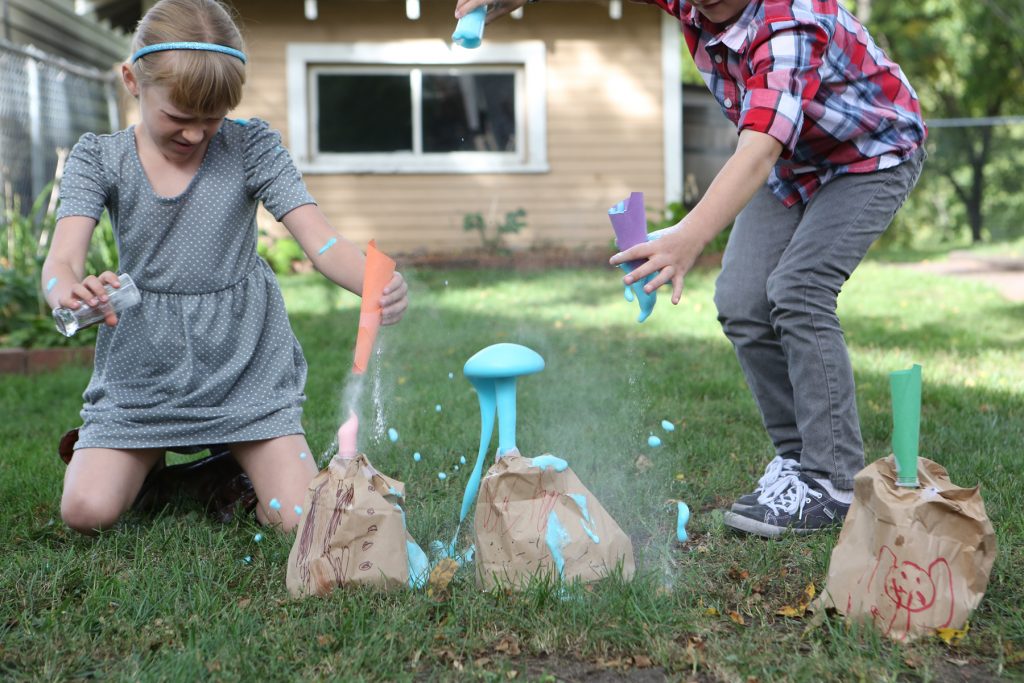
To make your own paper bag volcano, you’ll need a brown paper lunch sack (or a slightly bigger one like we used), an empty plastic water or soda bottle, a cup of vinegar, red food coloring and about a fourth of a cup of baking soda. *Cone coffee filters make great volcano cones too and work well on small plastic bottles!
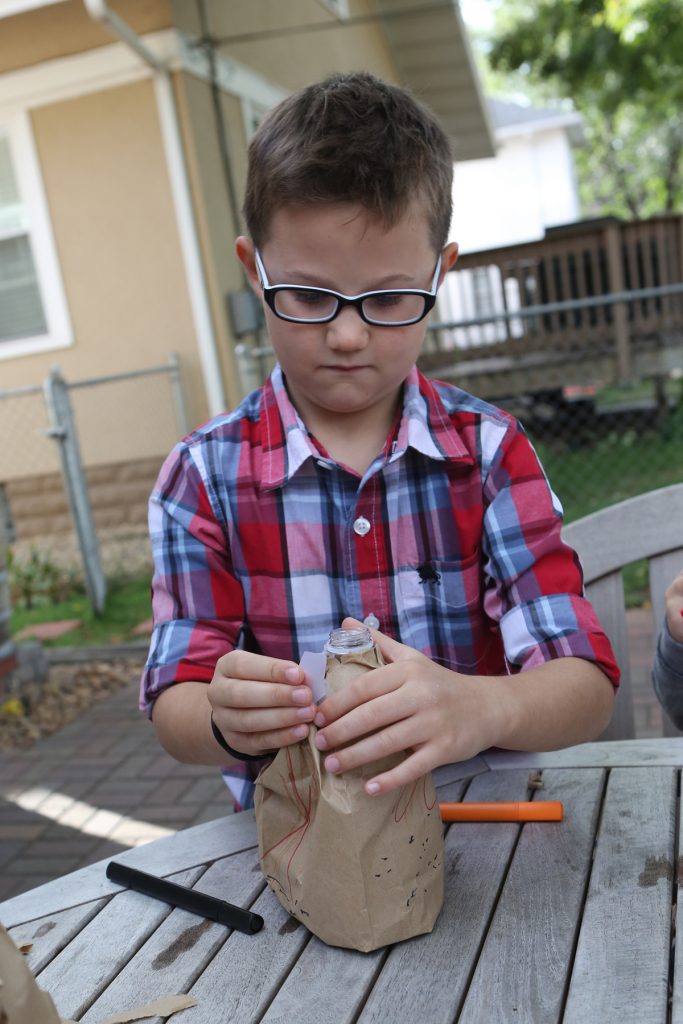
Remove the lid from the bottle, invert the brown bag over it, and tear open the bottom of the bag, along the flaps. Then, loosely tape the paper sack so that it fits around the mouth of the bottle. Don’t tape it to the bottle. If you like to draw, you can decorate the bag with markers.. We squashed and tore the bottom of the bag a little, to make it look more mountain-like.
Now, remove the bottle, fill it with the vinegar and add several drops of red food coloring for your “lava.” Place the bag bag over the bottle to hide the lava container.
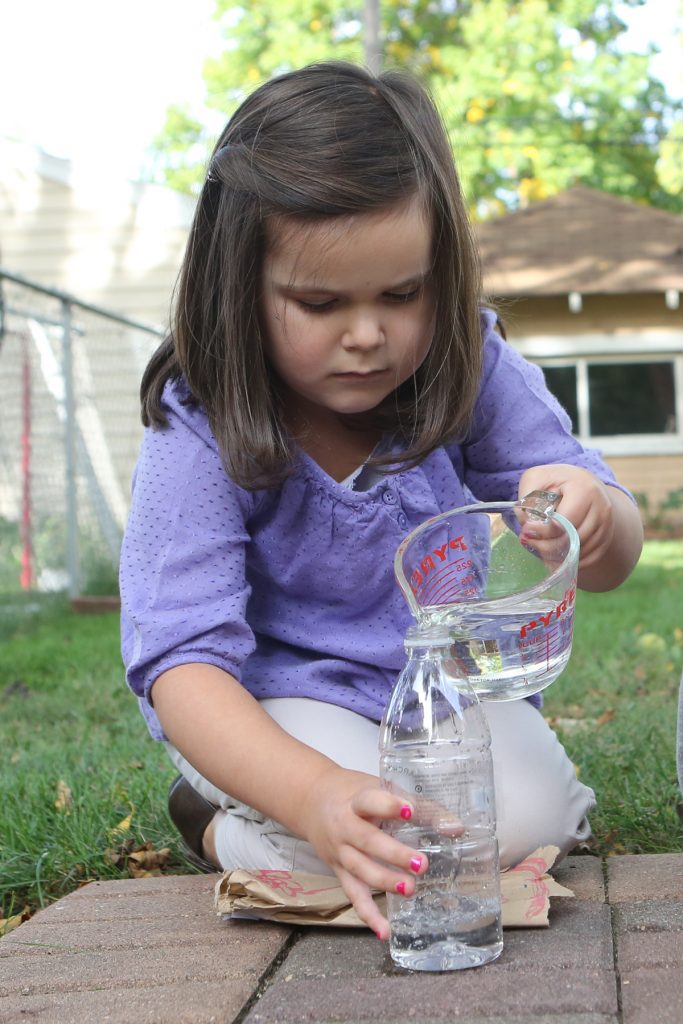
Place the volcano on a tray or something that will contain overflow and you’re ready for eruption!
Using a folded piece of paper or a small paper cup with the lip pinched into a spout, quickly dump all of the baking soda into your bottle to start the chemical reaction. You’ll see the volcano erupt as the baking soda combines with the vinegar to produce carbon dioxide gas, which is one of the gases spewed by real volcanoes.
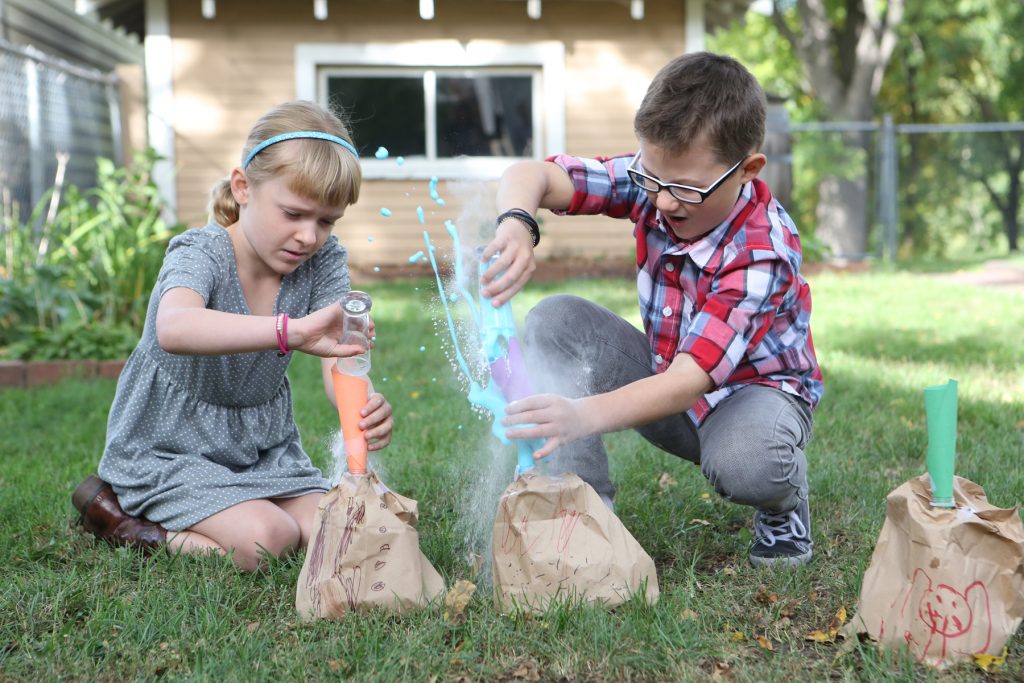
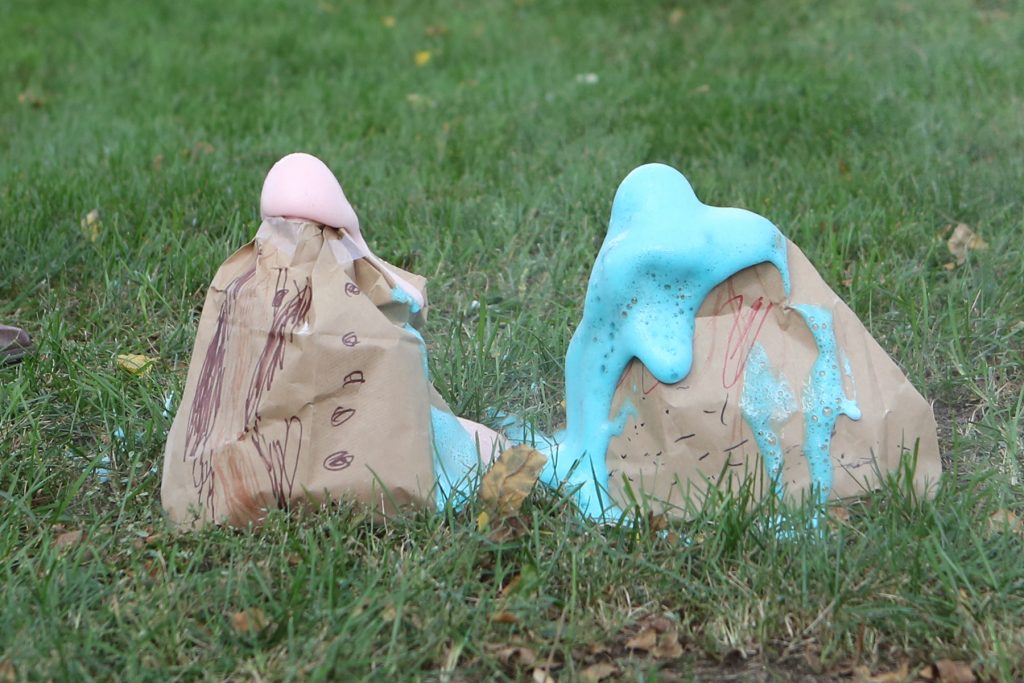
If you liked this experiment, try making “fizzy balloons“ with the same ingredients (plus a balloon, of course!) If you want to learn more about carbon dioxide gas and the carbon cycle, here’s a link to a cool video from NASA that explains it using a banana and a chunk of coal.
Homemade Water Bottle Insulator (Back to School Science)
- by KitchenPantryScientist
Combine science and art to engineer and decorate a custom water bottle jacket as unique as you are. Test different every-day insulators to see what works best to to keep water cold all day long!

water bottle jacket- KitchenPantryScientist.com
You’ll need:
-a washable plastic water bottle
-flexible insulating material, like craft foam, bubble wrap or fabric batting
-decorating materials, like stickers, ribbons or foam stickies
-a thermometer (optional)
-4 disposable empty water bottles or cans that are the same size (optional)
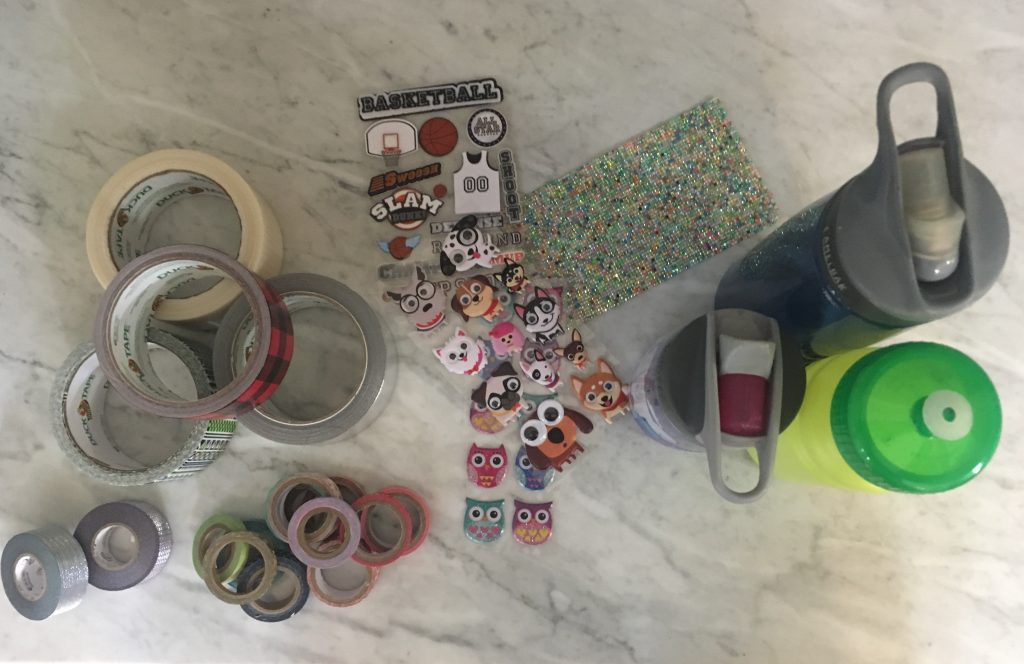
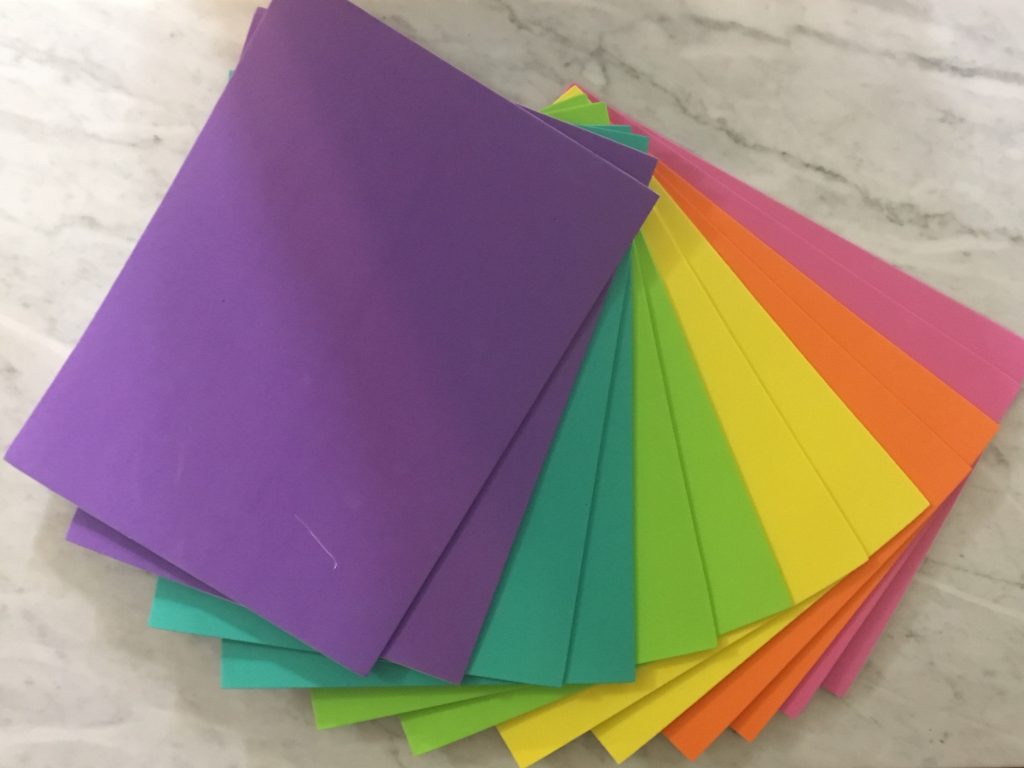
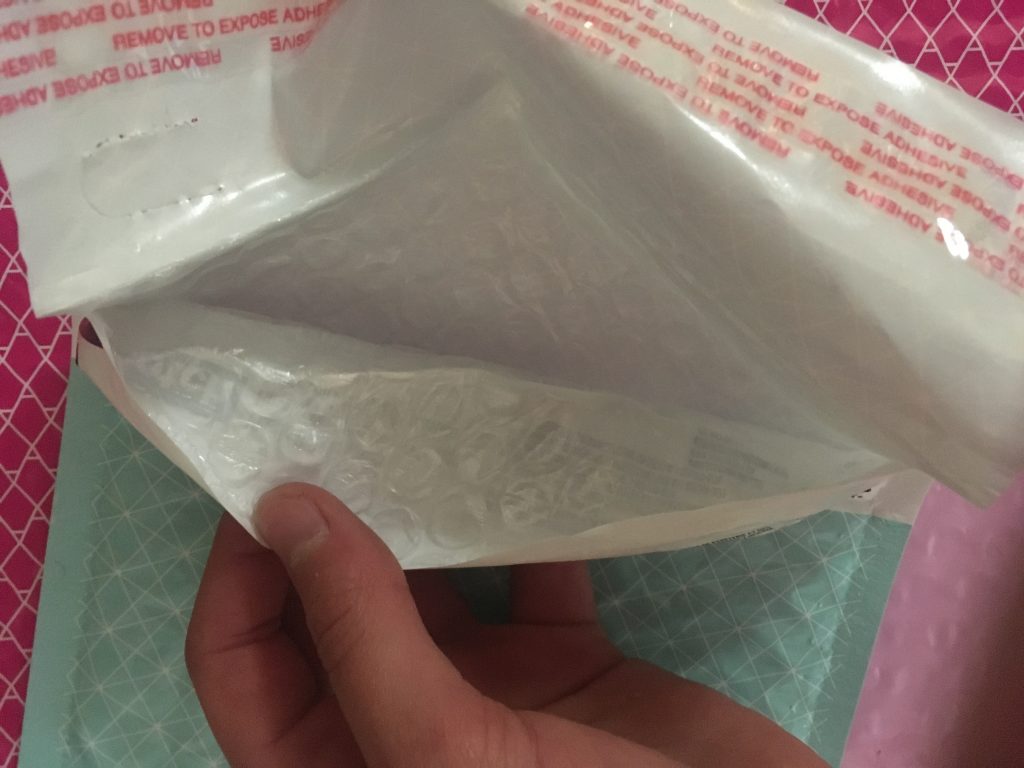
What to do:
(Optional) Test insulators by insulating each of the empty cans or bottles with different material. Fill each of them with the same amount of hot tap water and check the temperature of each periodically to see which material does the best job of slowing cooling of the water. The one that keeps water hot the longest is the best insulator, since it slows the movement of heat from one area to another.
Use the best insulator to build an insulating case for your water bottle. Make it big enough so that your bottle will slide out for washing. We used thick craft foam and covered it with adhesive craft foam. Shipping folders made of bubble wrap work well too! Here’s how we built ours…
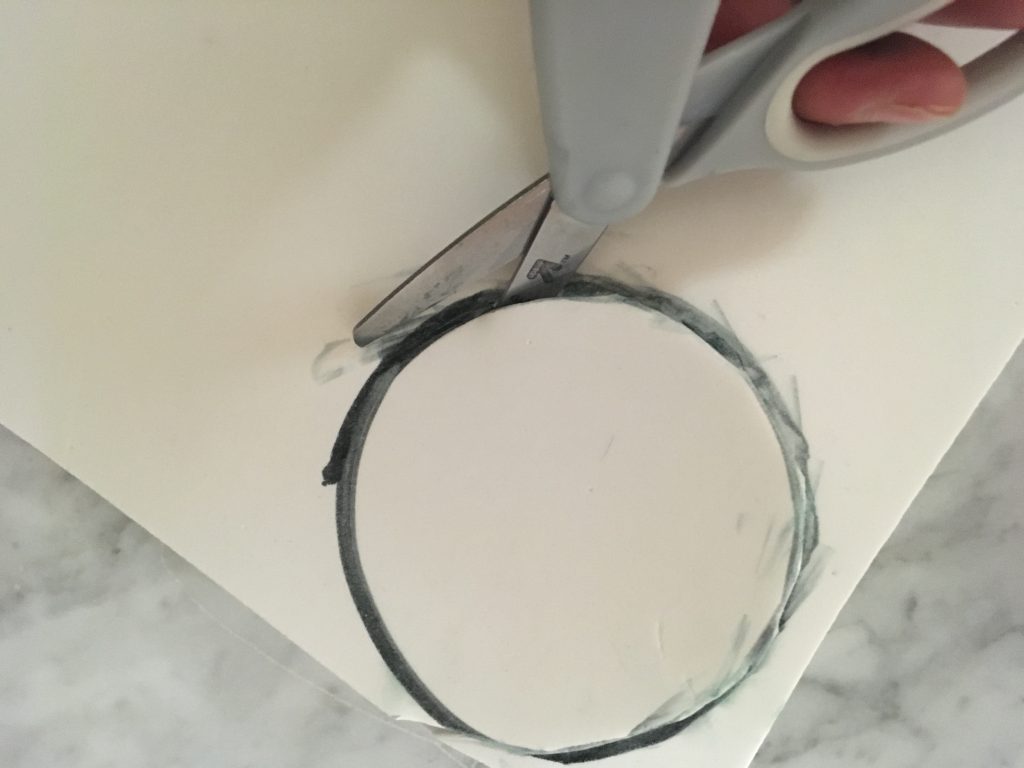
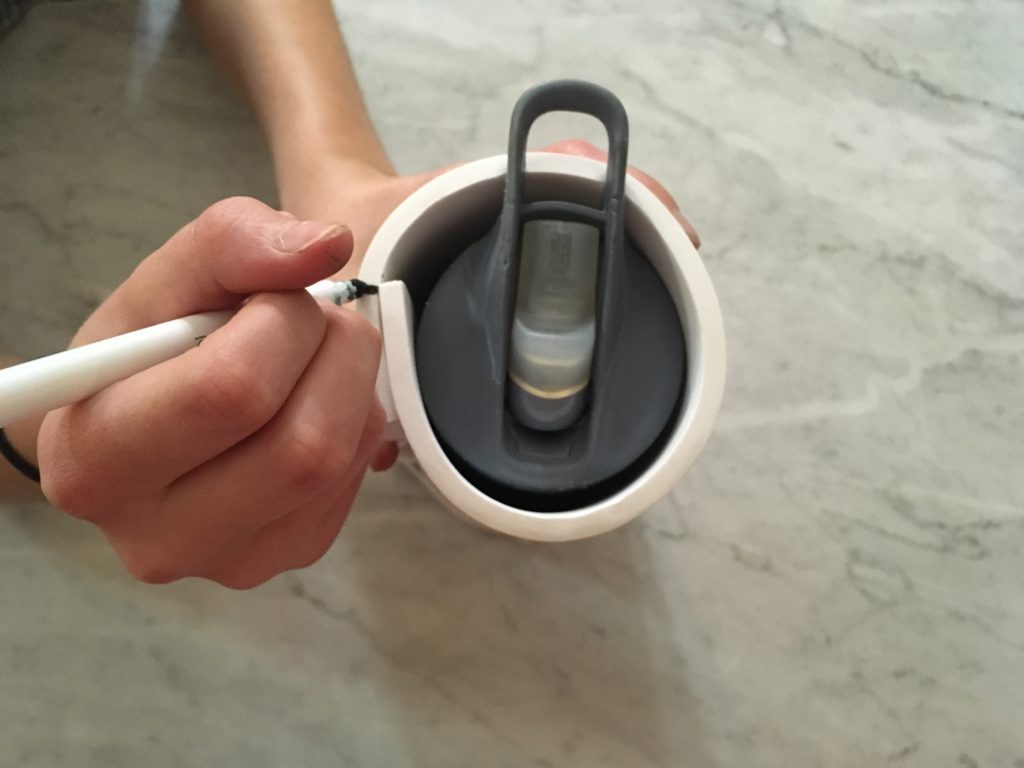
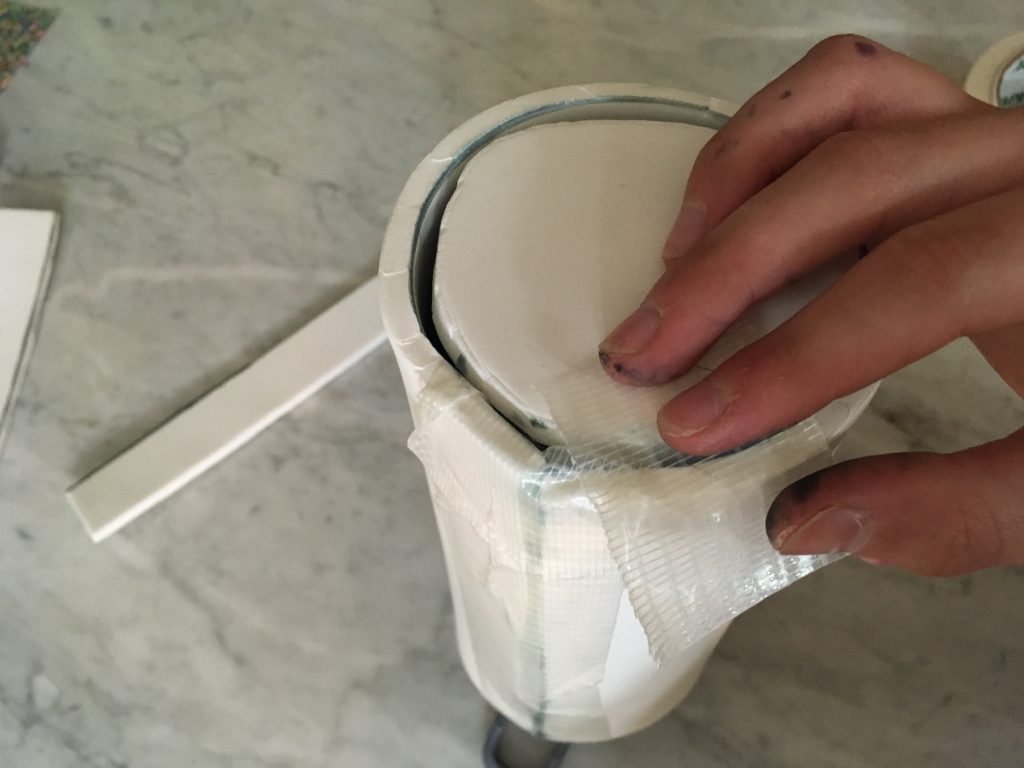


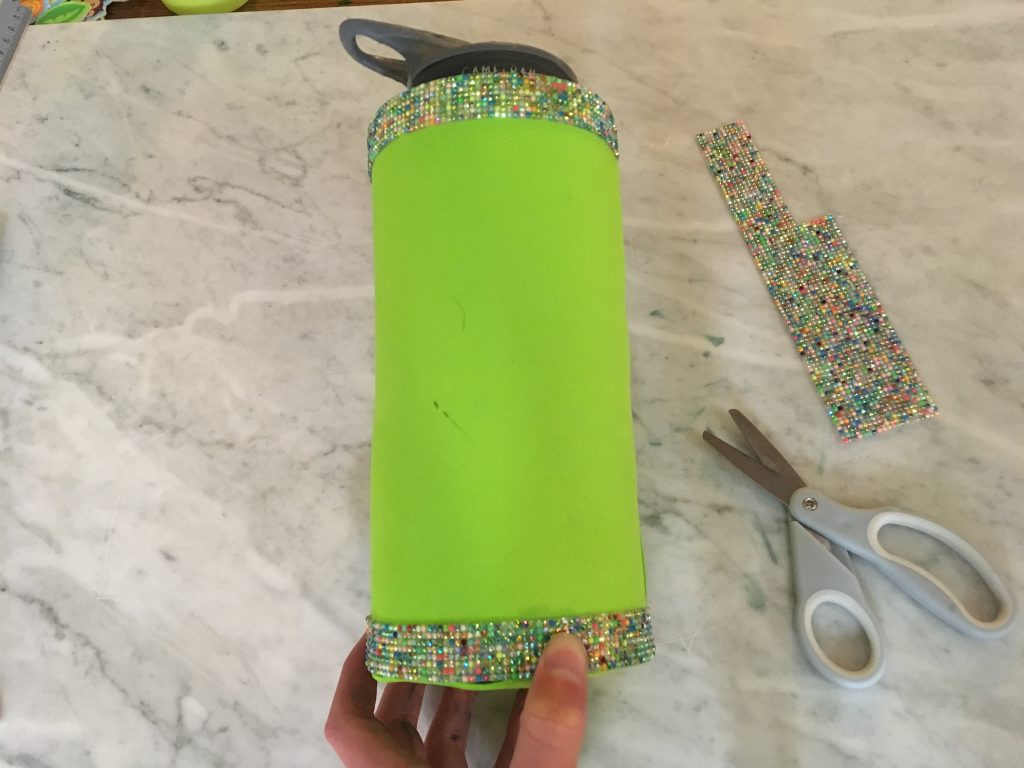
Add some ice water to the bottle and you’re good to go! Just remove the jacket when you wash the bottle.
Halloween Science: Fizzy Balloon Monster Heads, Green Slime and More
- by KitchenPantryScientist
With a few ingredients from your kitchen, you can turn your table into a mad scientist’s laboratory for Halloween! We made Fizzy Balloon Monster Heads, Alien Monster Eggs, Rock Candy and Soda Geysers on Fox9 News this morning. Click on the blue experiment names for directions!
KMSP-TV
Last Saturday morning, I had fun showing Kare11 meteorologist Belinda Jensen how to make Mad Scientist’s Green Slime, Frankenworms and Magic Potion. Click here to watch!